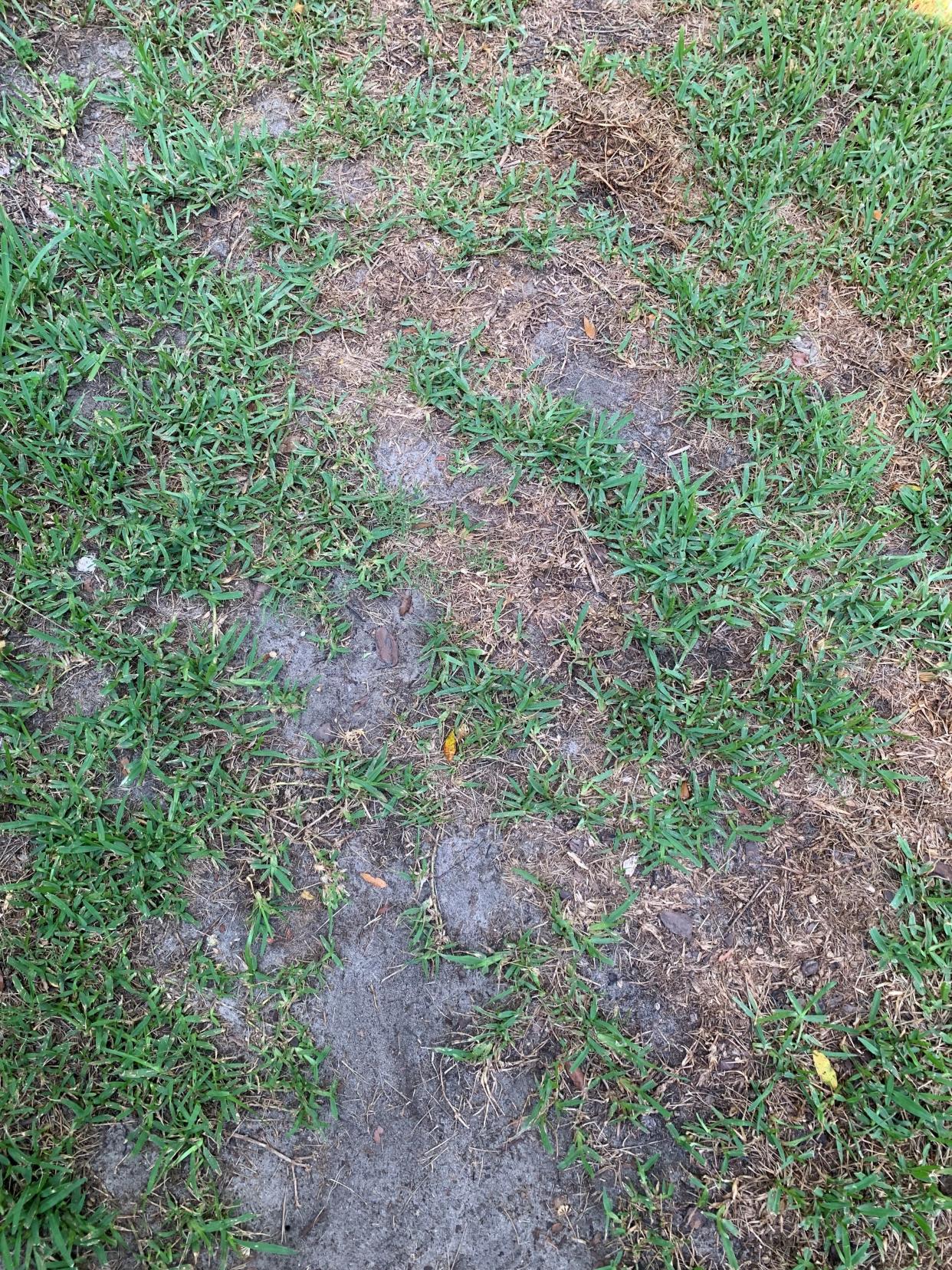Jeremy Rhoden: Doveweed is a common weed that can destroy your lawn

Doveweed (Murdannia nudifflora) is an aggressive and invasive annual weed commonly found in Florida turfgrasses starting in late spring, or when soil temperatures get to around 65 to 70 degrees, and going into late fall. This plant grows low and resembles St. Augustine sod, so it is very easy for it to blend into your turfgrass. Doveweed takes advantage of any small gap in your sod; even if that open space is only one inch by one inch, it will fill it in until you have no gaps left in your grass. Before you know it, your lawn will look completely full, beautiful and green, but this is just a mirage. By winter, all of the doveweed will begin to die off and you will have open gaps throughout your sod once again. Most of the gaps will be larger, as the doveweed tends to choke out the roots of your turfgrass.
Doveweed also causes serious dermatitis issues in dogs. I have personally experienced this problem with my own dogs. About six years ago, prior to being an Extension agent, I purchased a home that had pre-existing St. Augustine turf, both in the front and back yards. After three to four months of being at the new property, my dogs were consistently developing rashes on their bellies and I had to repeatedly take them into the vet’s office to be treated. We determined that it was something environmentally related. We thought at first it may possibly be fleas, but we had not seen any fleas or had been bitten ourselves while working in our lawns. We finally called our local Extension agent, who came out and immediately found the source of the problem: doveweed. Our agent showed us the difference between the doveweed and the St. Augustine turfgrass and, once we realized it, we discovered that the majority of our back yard was not St. Augustine turf after all (as it once was), but doveweed. By winter, it looked as if more than half of our back yard died off and disappeared, only for it to later return the following spring.
Doveweed is commonly found growing in St. Augustine, Bermuda, hybrid Bermuda and zoysia grasses. It favors wet areas or poorly drained soils. The creeping stems (or stolons) of doveweed will stretch across the top of your turfgrass and blend in while it roots throughout the yard. However, though it does like to travel, it mostly spreads by seed dispersal when mowing or with water movement. As we move into late fall and temperatures go below 70 degrees, the plant produces more seeds that drop into the soil, where they can be stored for several years.
It also is important to note that this plant also can spread vegetatively. For example, any clippings from mowing your lawn can blow into other areas and cause new plants to grow elsewhere. Almost all parts of the plant can grow roots, so if weeding by hand, it is important to discard the weed completely rather than just throwing it elsewhere. One of the best ways to differentiate doveweed from sod is by looking at its segmented body parts (as pictured). Many times, when the growth is relatively new, it will have pink to red nodes.
— Jeremy Rhoden is the Urban and Residential Horticulture Extension Agent and Master Gardener Volunteer Coordinator at the UF/IFAS Extension Marion County. For more information, contact the office at 671-8400. The Extension Service is located at 2232 NE Jacksonville Road, Ocala, FL 34470.
This article originally appeared on The Gainesville Sun: Doveweed: A common weed that can destroy your lawn

